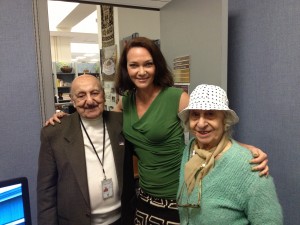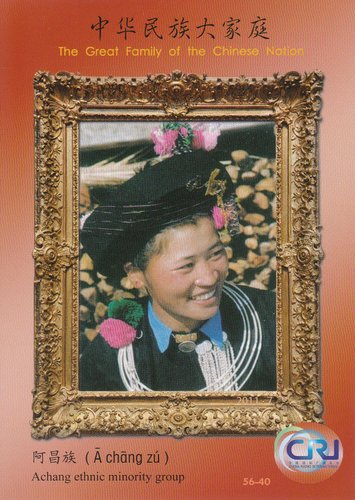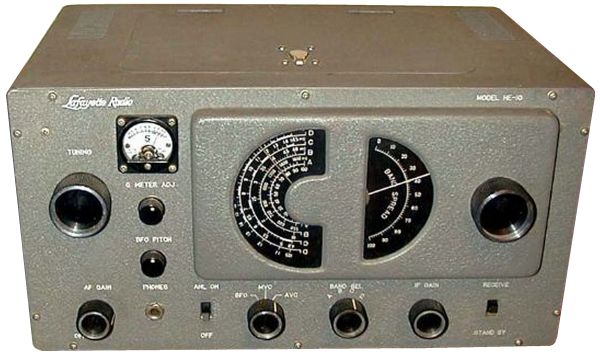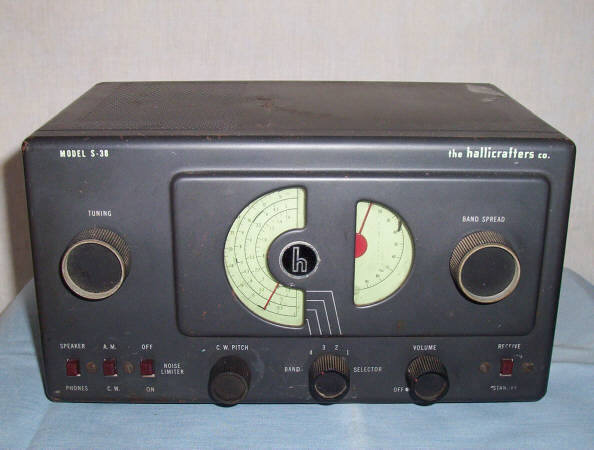
From right to left: Leo Sarkisian, Heather Maxwell, and Mary Sarkisian. (Photo: VOA)
Many shortwave radio listeners know the name Leo Sarkisian, founder of the Voice of America show Music Time in Africa. For decades, Leo and his wife, Mary, traveled to every corner of Africa, lugging with them a large reel-to-reel recorder that Leo used to capture for broadcast the diverse music found across the continent. A monumental cultural record is the result. Earlier this year, at 91 years old, Sarkisian retired from VOA; he leaves his show and his wonderful library of recordings in the capable hands of radio host Heather Maxwell.
Today, Richard Harris offered an excellent radio piece he produced on Leo Sarkisian for PRI’s The World–you can listen to it below or on PRI’s site:
In addition, both the VOA and The Washington Post featured Leo and Mary earlier this year; both of these articles are delightful.The Washington Post article even describes Sarkisian’s work as “diplomacy.” I particularly love the following description:
Long before there was ping-pong diplomacy or perestroika, a short, balding Armenian American was lugging an enormous reel-to-reel from village to village, sweet-talking people into singing and playing for him.
[…]In Africa, he socialized with presidents, military dictators, accomplished musicians and tribal villagers. He outwardly steered away from politics, but under the surface he wove a subtle diplomatic tapestry based around grooving on tunes.
That’s one thing I love about shortwave radio–in all forms, in all countries, it offers a medium of accessible, lasting diplomacy–however “subtle” it may seem–for at least as long as the shortwaves continue to grace our airwaves. Of course, music is inextricably integrated into this diplomatic medium. Thank you, Leo and Mary, for a reminder of that, in the form of a truly extraordinary life’s work.
![]() (Source: VOA Radiogram)
(Source: VOA Radiogram)
 Kudos to VOA research analyst Dr. Kim Andrew Elliott for his remarkable innovation: VOA Radiograms (i.e., digital text messages sent over shortwave broadcast radio), and for promoting this concept through the Voice of America. His persistance, with support from forward-thinking shortwave broadcasters like WBCQ, WRMI and The Mighty KBC, who have all broadcasted his digital messages, has paid off. Classic technology meets current in this new communication mode which makes internet disruption absolutely irrelevant, and which is even impervious, to a great degree, to interference.
Kudos to VOA research analyst Dr. Kim Andrew Elliott for his remarkable innovation: VOA Radiograms (i.e., digital text messages sent over shortwave broadcast radio), and for promoting this concept through the Voice of America. His persistance, with support from forward-thinking shortwave broadcasters like WBCQ, WRMI and The Mighty KBC, who have all broadcasted his digital messages, has paid off. Classic technology meets current in this new communication mode which makes internet disruption absolutely irrelevant, and which is even impervious, to a great degree, to interference.







